In recent years, most people have not had a good impression of Polo shirts. The first thing that comes to mind is that the collar is turned up, “Only rich people with no taste wear it like this.” But as dad style has become a hot topic in recent years, Polo shirts have also begun to return to the public eye. In fact, as a classic retro element that has gone through many trends, the cultural background behind the Polo shirt is quite rich.
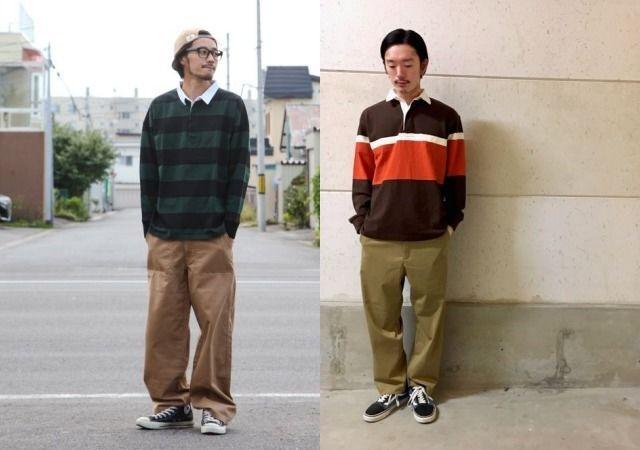
Functionally speaking, Polo shirts not only retain the gentleman’s style of shirts, but also add sports functions. Suitable for both formal occasions and sports. In terms of audience, from the middle class to street hip-hop singers, British aristocrats to South American drug lords, Polo shirts are almost everywhere.

The magical history of Polo shirts starts with the origin and brand history.
Polo shirts are named after polo players used to wear them in Polo Matches. Polo originated in Manipur, India in the 19th century, and was later introduced to the United Kingdom through British soldiers. The polo uniform at that time was a long-sleeved seven-button shirt, but the collar position often slid inconveniently during the game, so the improved button-down Polo shirt appeared.
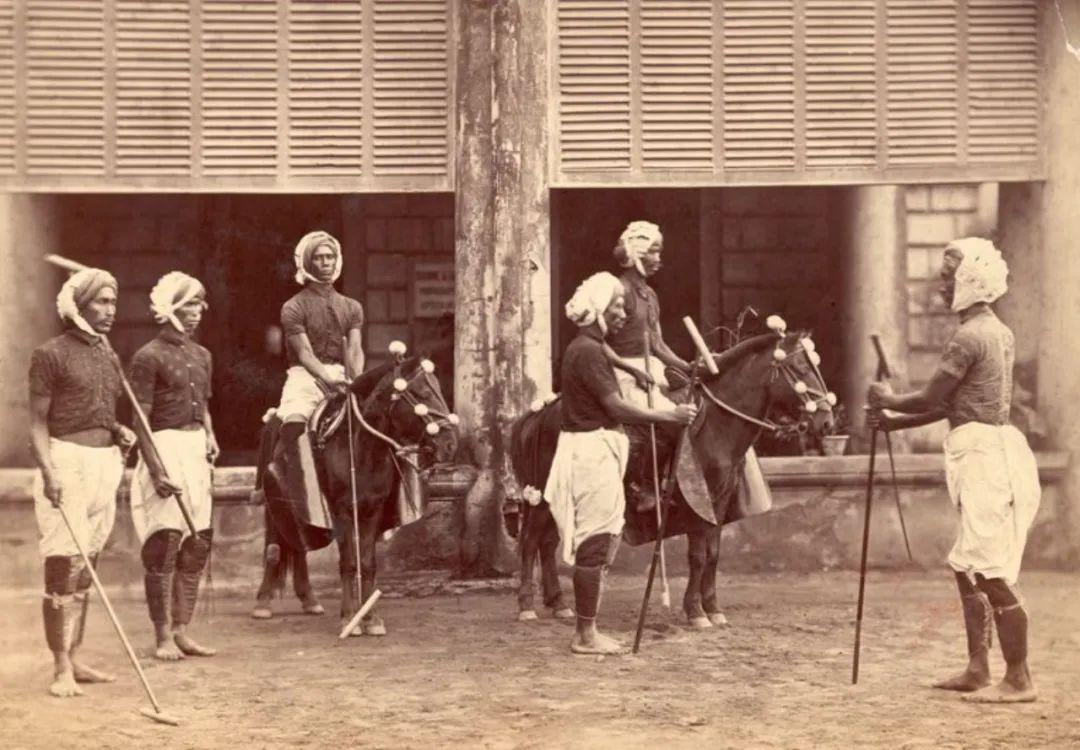
The first brand to make Polo shirts should be Brooks
Brothers. Its brand founder John E.
Brooks once watched a polo match in England and saw the Polo shirts running all over the field, and he immediately sensed a business opportunity. After he returned to the United States, he immediately asked the designer to revamp all Oxford cloth dress shirts, copied the style and details of the Polo shirt, and named it the “original Polo shirt.” It was very popular when it debuted in 1896. Since then, the Polo shirt has started a reform trend in men’s fashion.
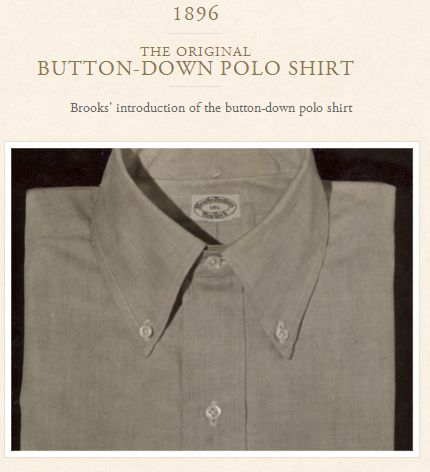
However, at that time Brooks
Brothers’ Polo shirts are not the common Polo shirts we see today. Until 1933, “Crocodile Brand”
Jean, the founder of Lacoste and a famous French tennis star
René improved the tennis team uniform into today’s polo shirt style. At the time, tennis players wore traditional white long-sleeved shirts and sometimes ties. Looks very elegant but is super hot and very uncomfortable.
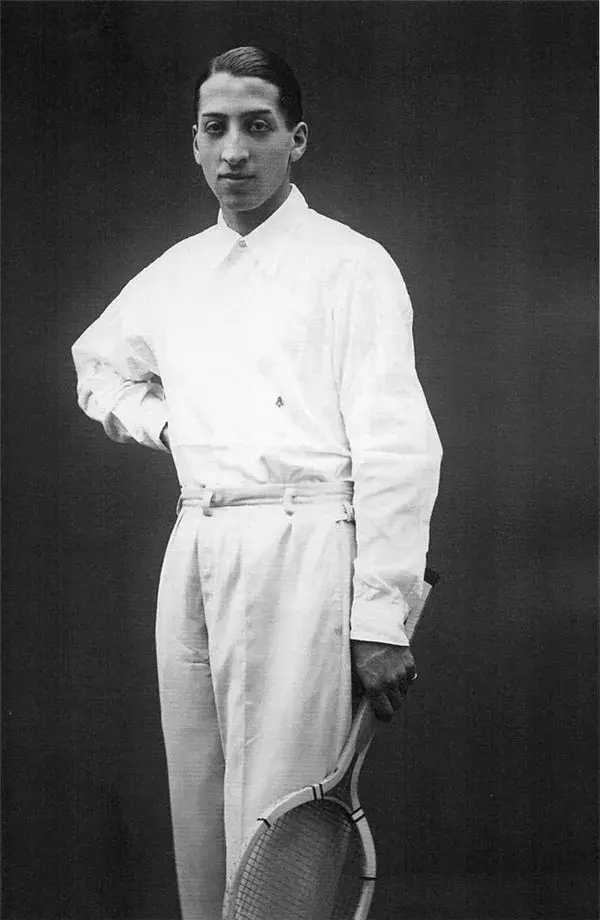
Jean René, who has always loved inventions and creations, can’t stand it. Yes, although he is an athlete, he likes to create. So he wore a new homemade tennis uniform at the 1926 U.S. Open.
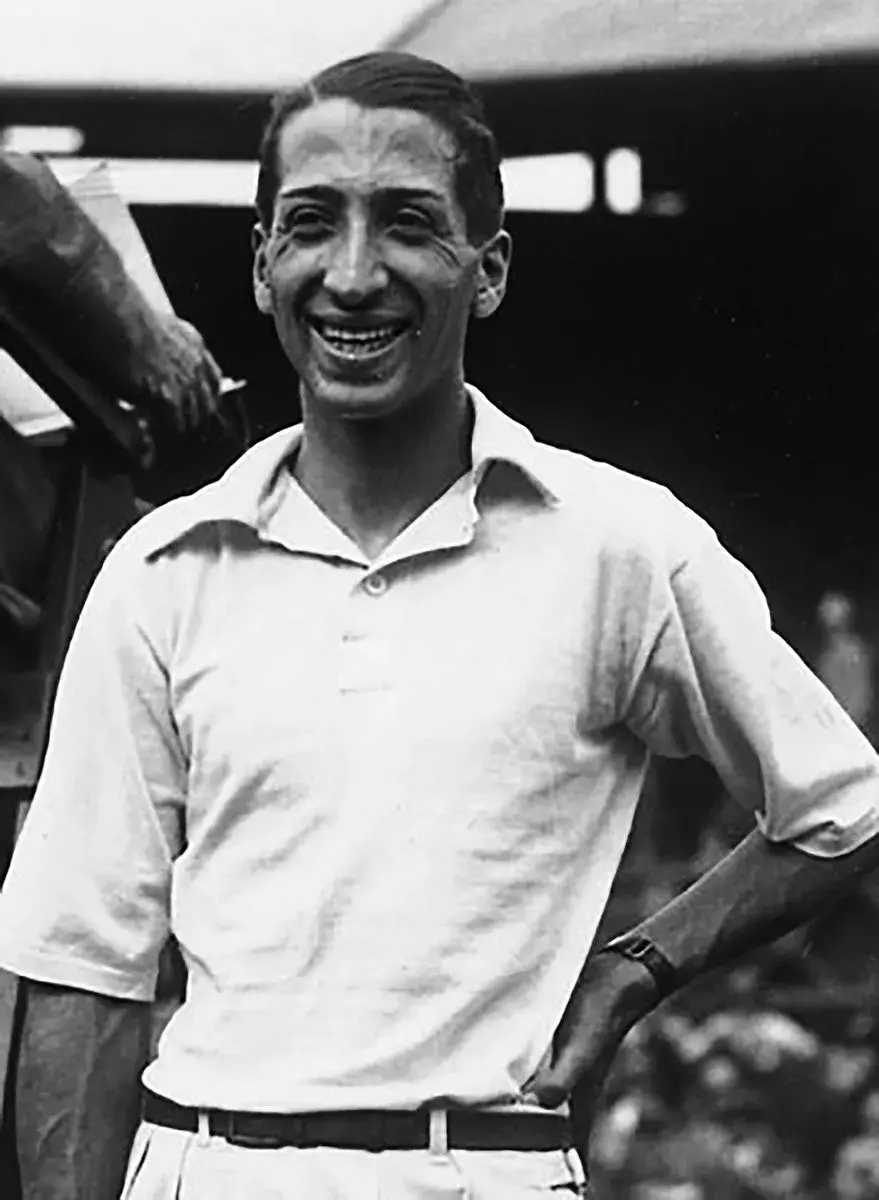
Jean
René changed the original long sleeves into short sleeves, saving the trouble of rolling up the sleeves. Changed from full placket to half placket, making it easier to put on and take off. The hem design on the back side is longer, so the hem of the clothes will not come out of the pants when the movement is large. Make the stiff lapel softer, and when the sun is too strong, you can turn it up to cover your neck to avoid sunburn. As a tennis player, Jean
René naturally knows how to design clothes to facilitate movement.
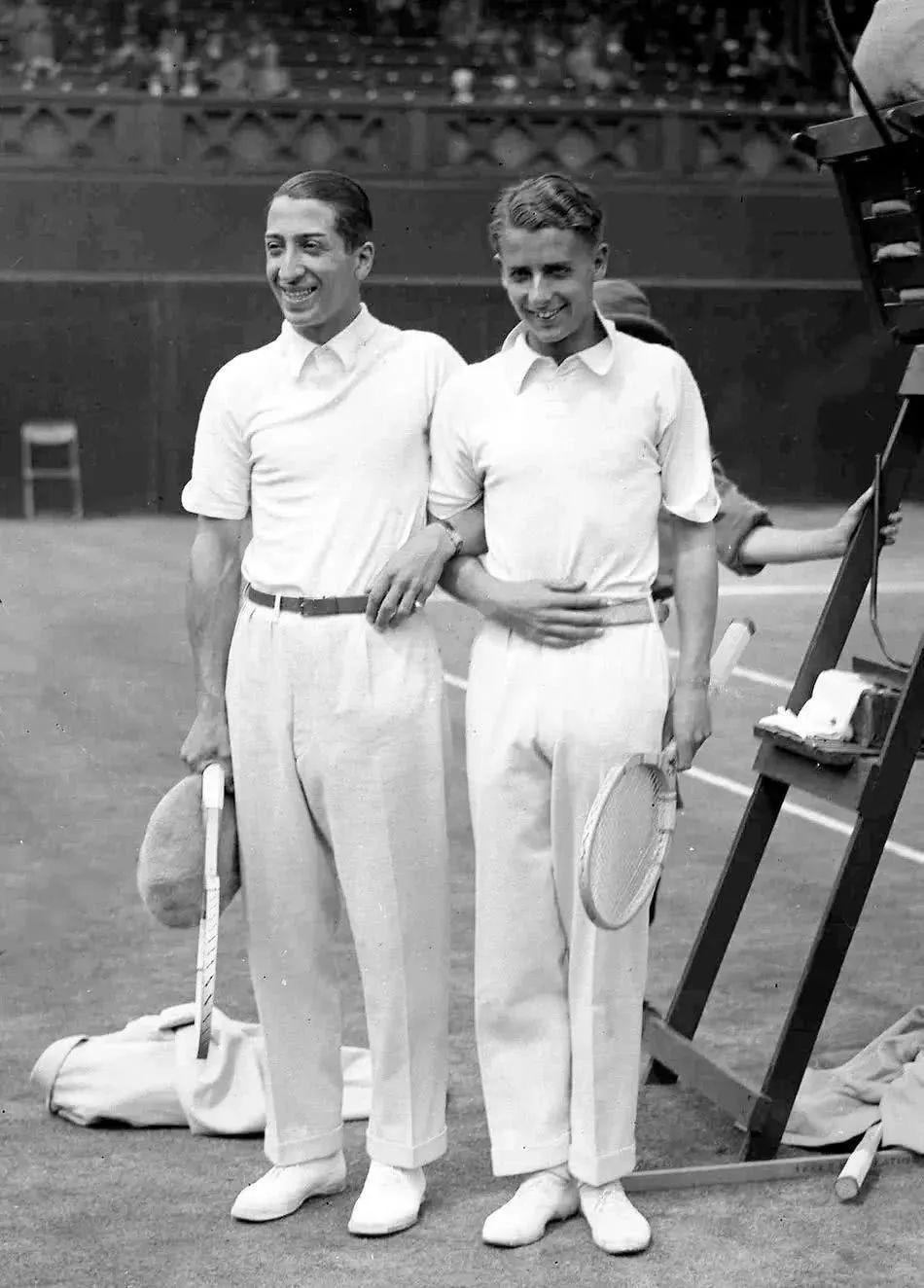
At the same time, he also embroidered a small crocodile as a logo on the front of his tennis uniform, because his nickname on the tennis court is “Crocodile”, similar to Kobe’s “Black Man” “Ba” represents the style of play or sportsmanship. Anyway, Jean
René’s crocodile polo shirt created the prototype of the modern polo shirt. In 1951, Jean René even exported Crocodile brand Polo shirts to the United States.
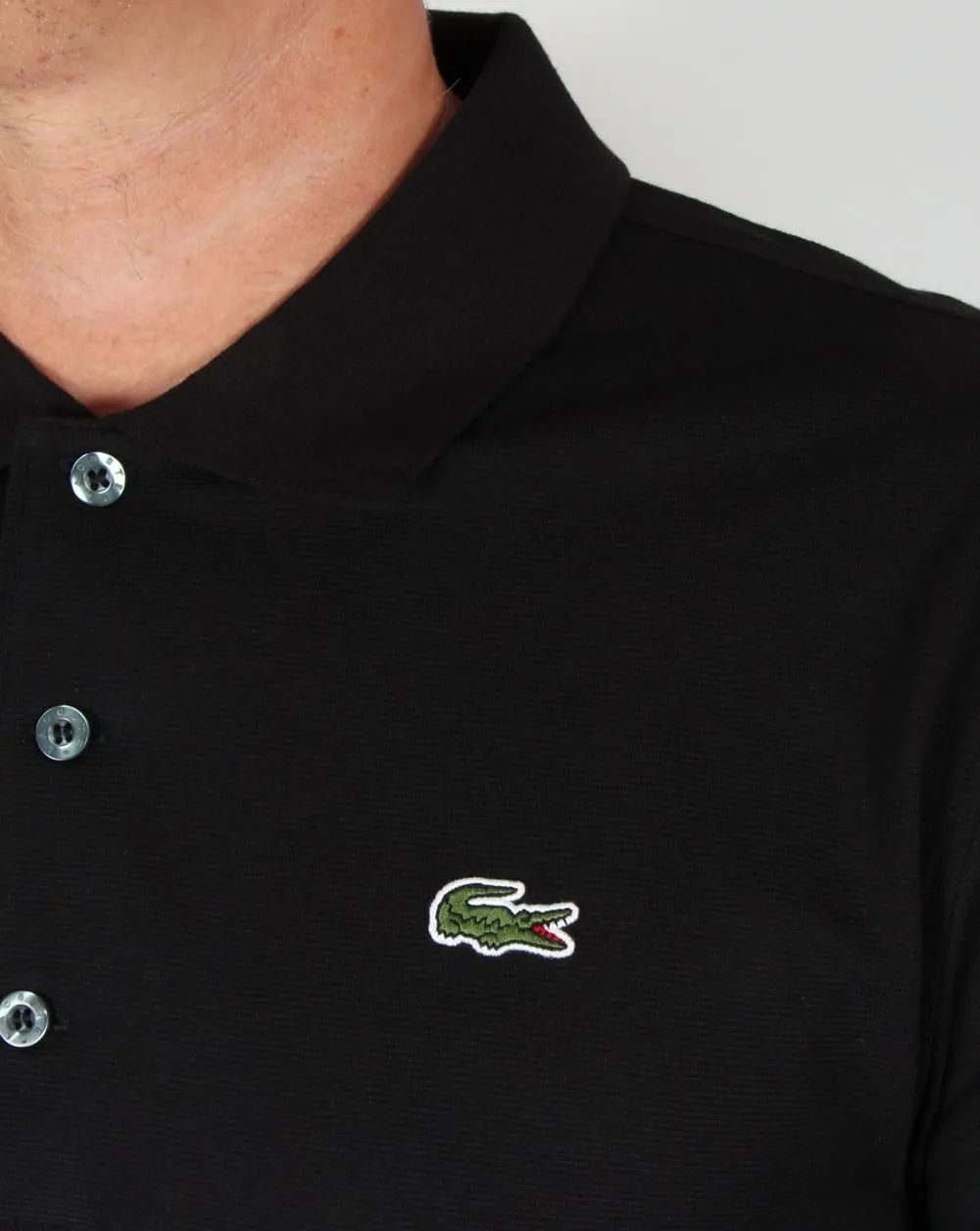
At the same time, British tennis star Fred Perry launched his own version of the Polo shirt. The logo is a polo with a laurel wreath, inspired by Wimbledon Tennis Open. logo.
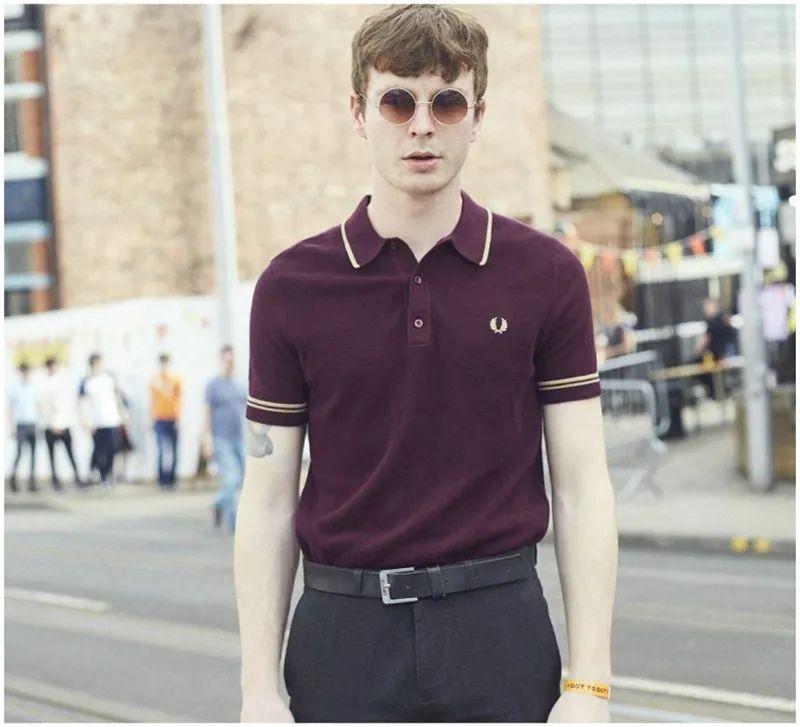
Soon, Lacoste and Fred Perry Polo shirts became popular throughout the sports field. Whether they are tennis, polo, golf, football and other athletes, they all wear Polo shirts.
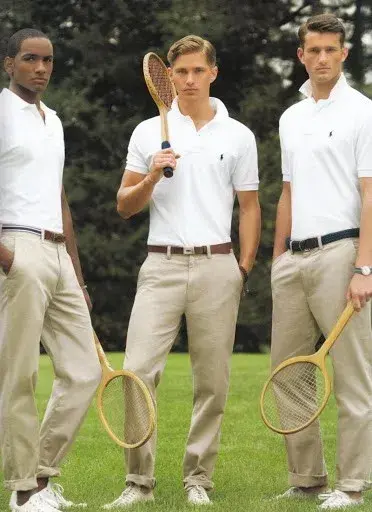
However, whether it was Brooks Brothers or the latecomers Lacoste and Fred Perry, the Polo shirt designs at that time were biased towards the traditional elite line, with plain colors and few choices. At this time, another kind of sports shirt appeared, which was the Rugby Shirt. Because the two are so similar, we are now accustomed to collectively calling them Polo shirts.
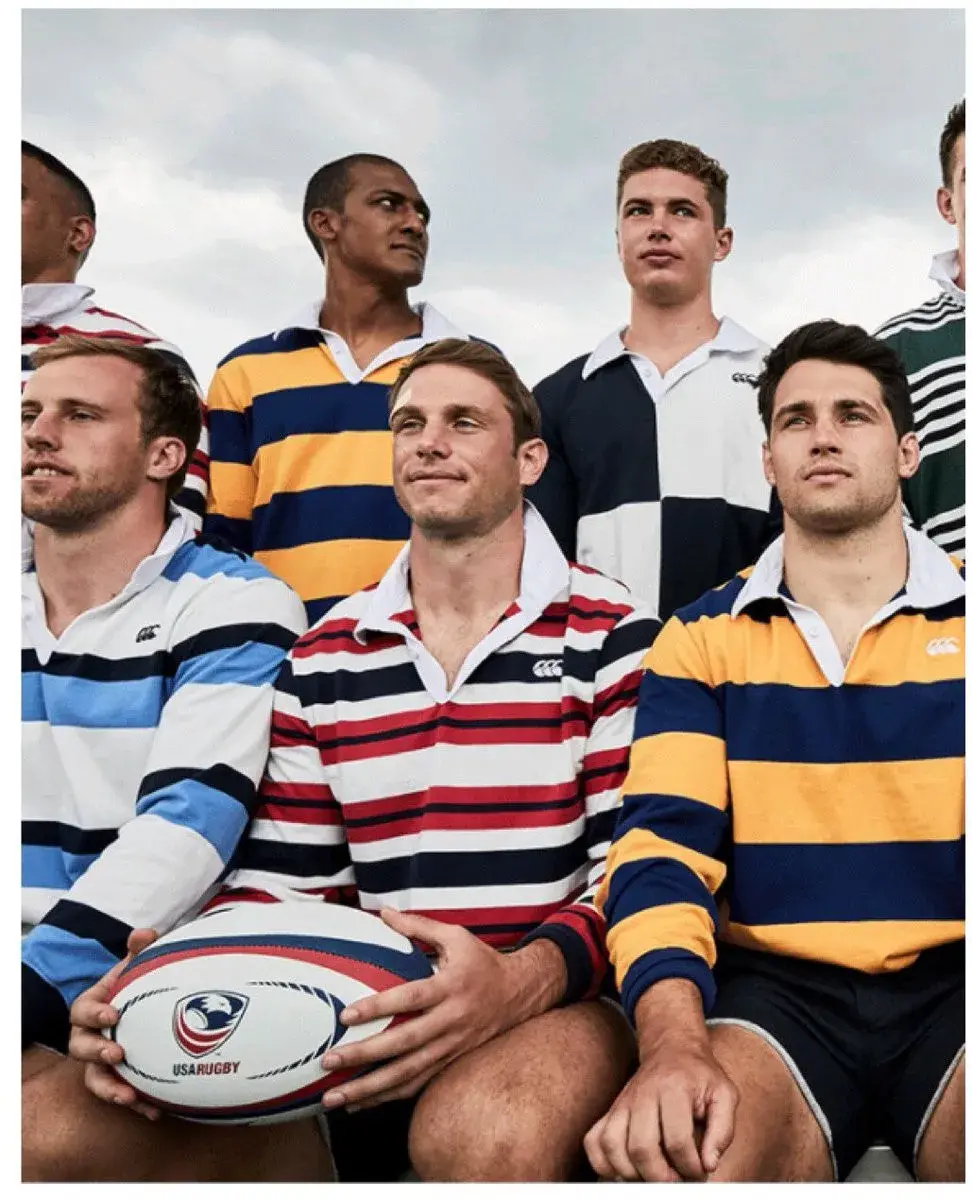
Rugby shirt, as the name suggests, is for rugby.oads/allimg/20230212/1-230212161135624.jpg” class=”syl-page-img” style=”height: auto;”/>
The Who, the top British band , led the trend of Mod people wearing Fred Perry Polo shirts. Paul Weller, the lead singer of the British punk pioneer The Jam, and Pete Doherty, the lead singer of the Prodigal Sons, are also loyal supporters of Polo shirts.
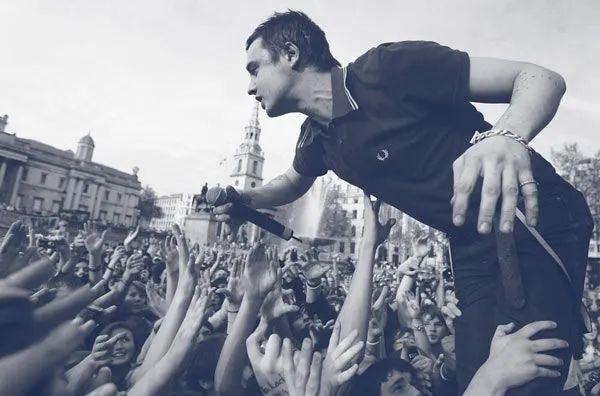

The violent elements on the streets of the UK once regarded Polo shirts as work clothes, and Polo shirts even became the necessary equipment for a qualified British skinhead.

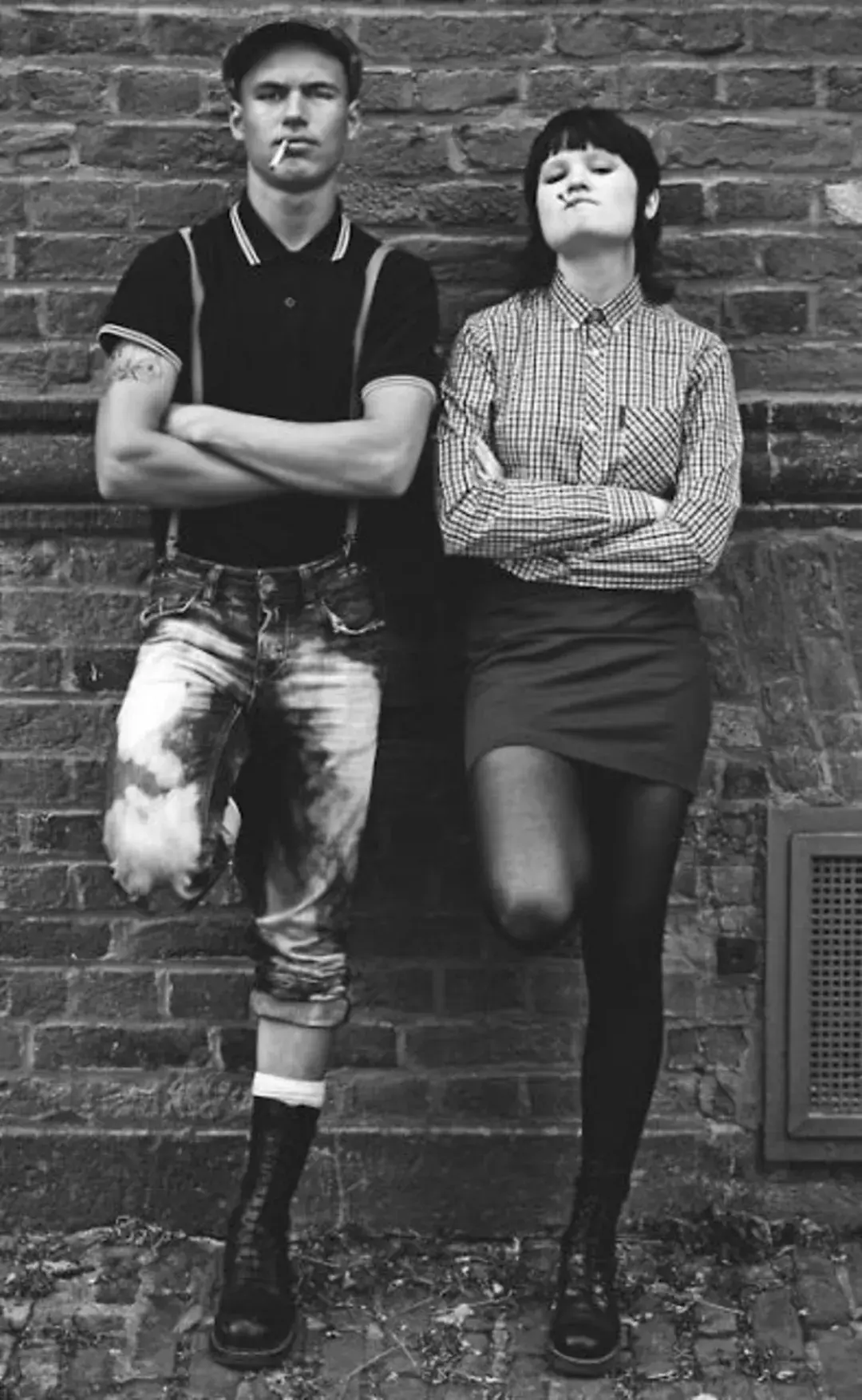

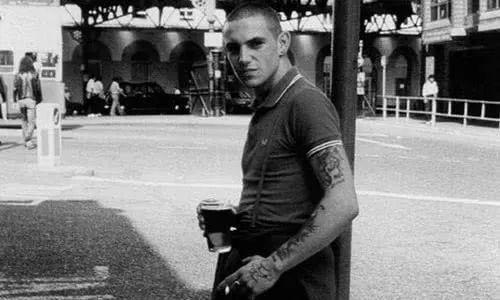
Thousands of kilometers away in South America, Polo shirts also have a place among drug lords. When El Chapo Guzman, the world’s number one drug lord, was arrested, he was wearing a Polo shirt.

In the film and television works of South American drug lords, Polo shirts are worn by almost every boss and underling. A Polo shirt and a pair of sunglasses perfectly created the bohemian look of the drug lords of that era.
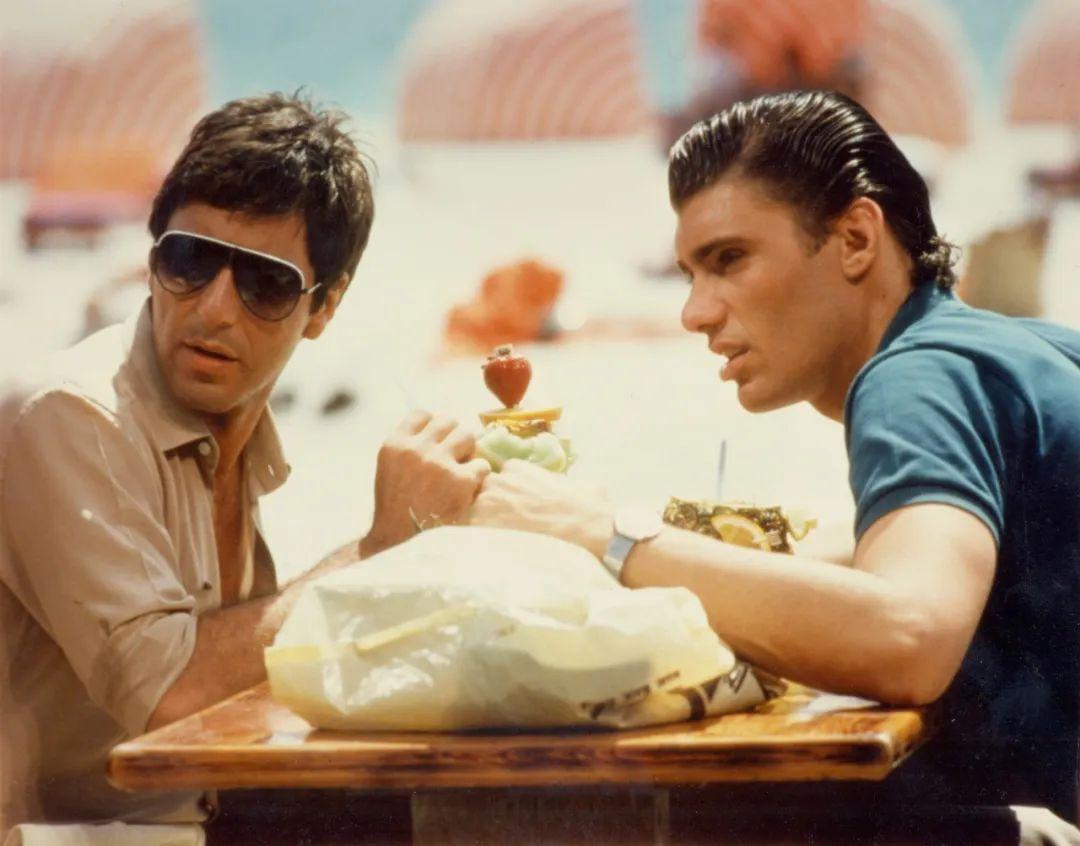
For example, in “Scarface”, the burly little brother next to Al Pacino always appears in a Polo shirt.
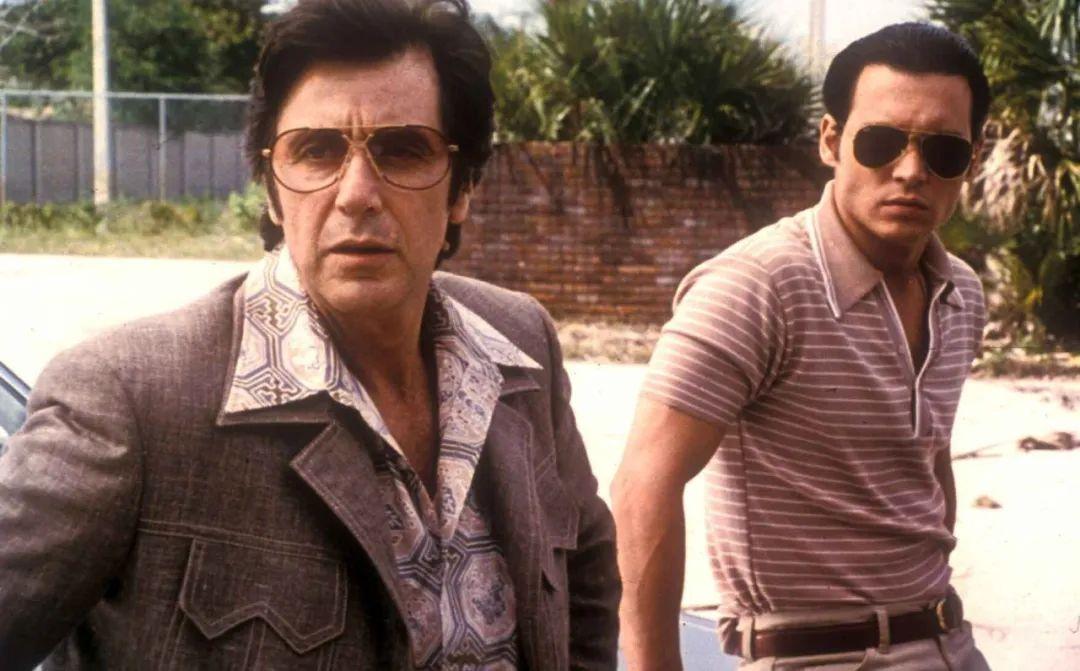
Since its birth, Polo shirts have been the MVP of men’s wardrobes around the world. From being popular in the United States in the late 1960s, becoming the favorite clothing of middle-class and successful men, to college campuses in the 1970s, and then becoming popular among rappers and rock singers in the 1980s and 1990s. From upper class society and British aristocrats to violent streets and South American drug lords, Polo shirts form an existence with a complex temperament that is difficult to describe.
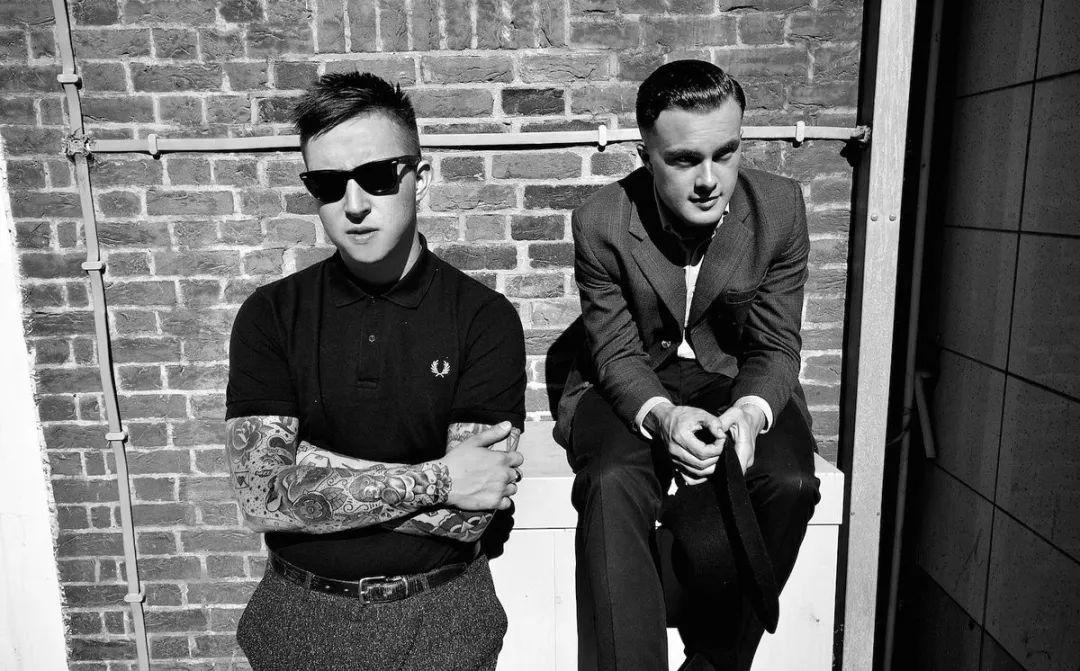
It can be delicate, businesslike, sporty, sexy and powerful, violent and wild. But I have to admit that Polo shirts are very particular about temperament and matching skills. It’s really tacky if it’s not worn well, but if it’s put together well, it will have an unforgettable and insurmountable retro and fashionable temperament.
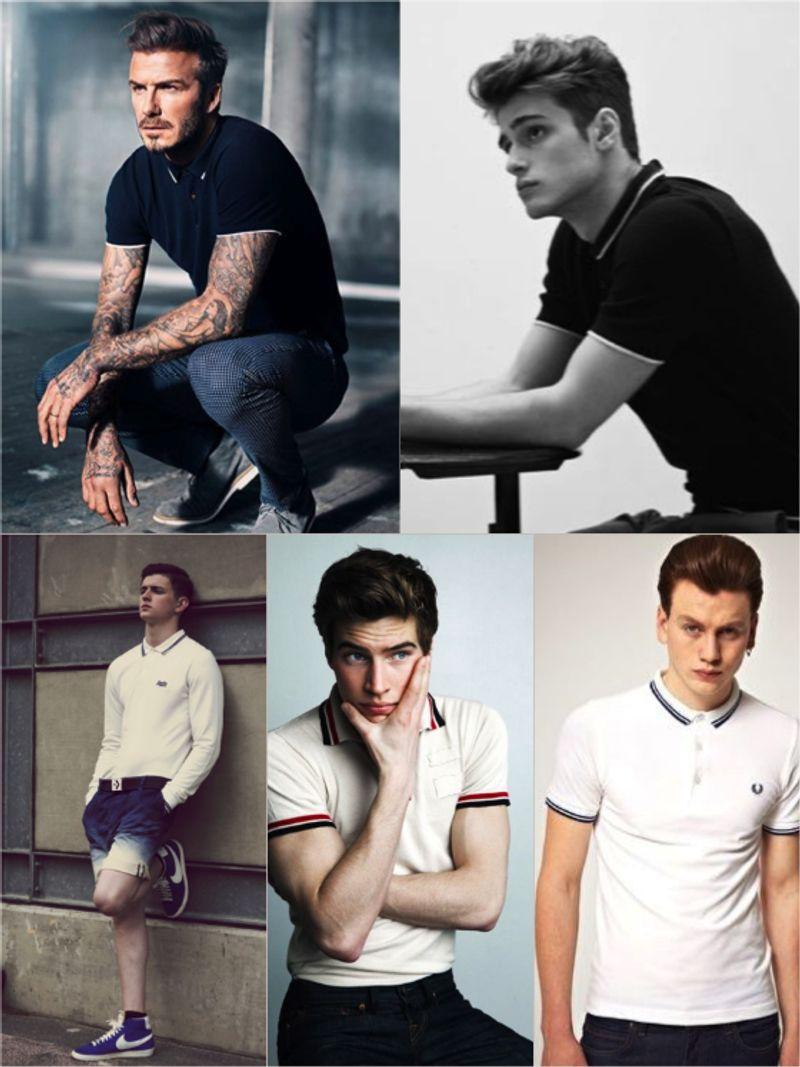
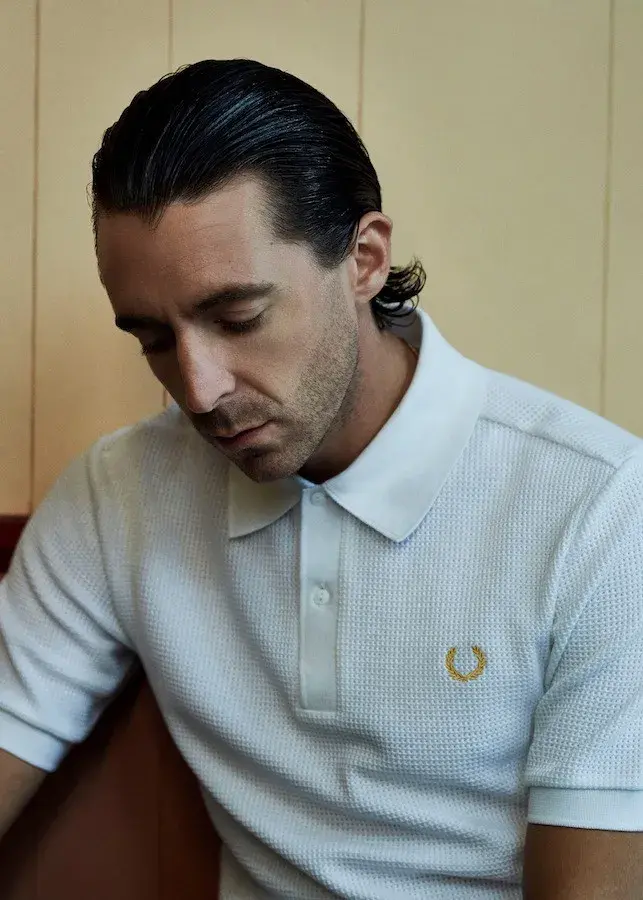
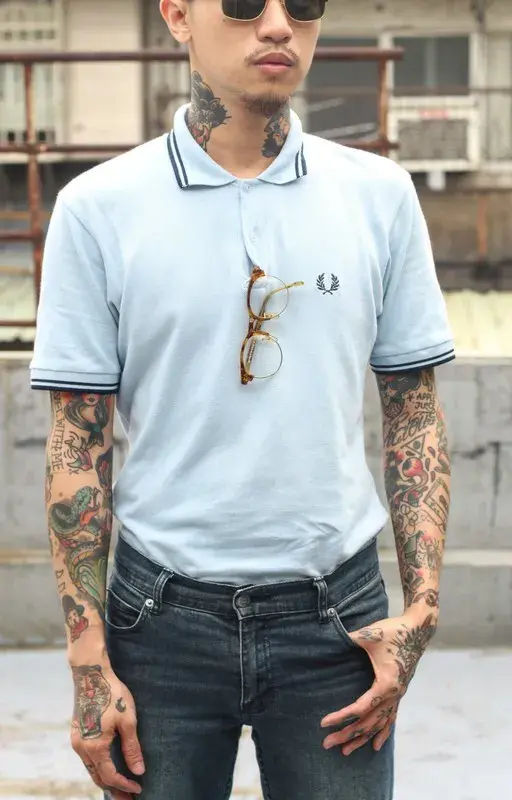
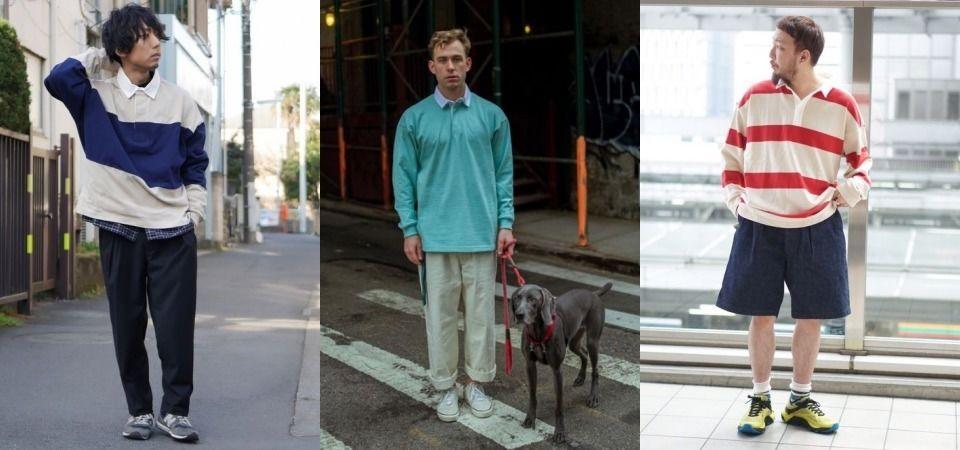
Oh, by the way, there is a century-old debate about Polo shirts, “Can you wear polo shirts?” Turn up the collar?”. I can tell you that yes, it is best not to do so at the moment, even though lapels were indeed popular in the last century.








